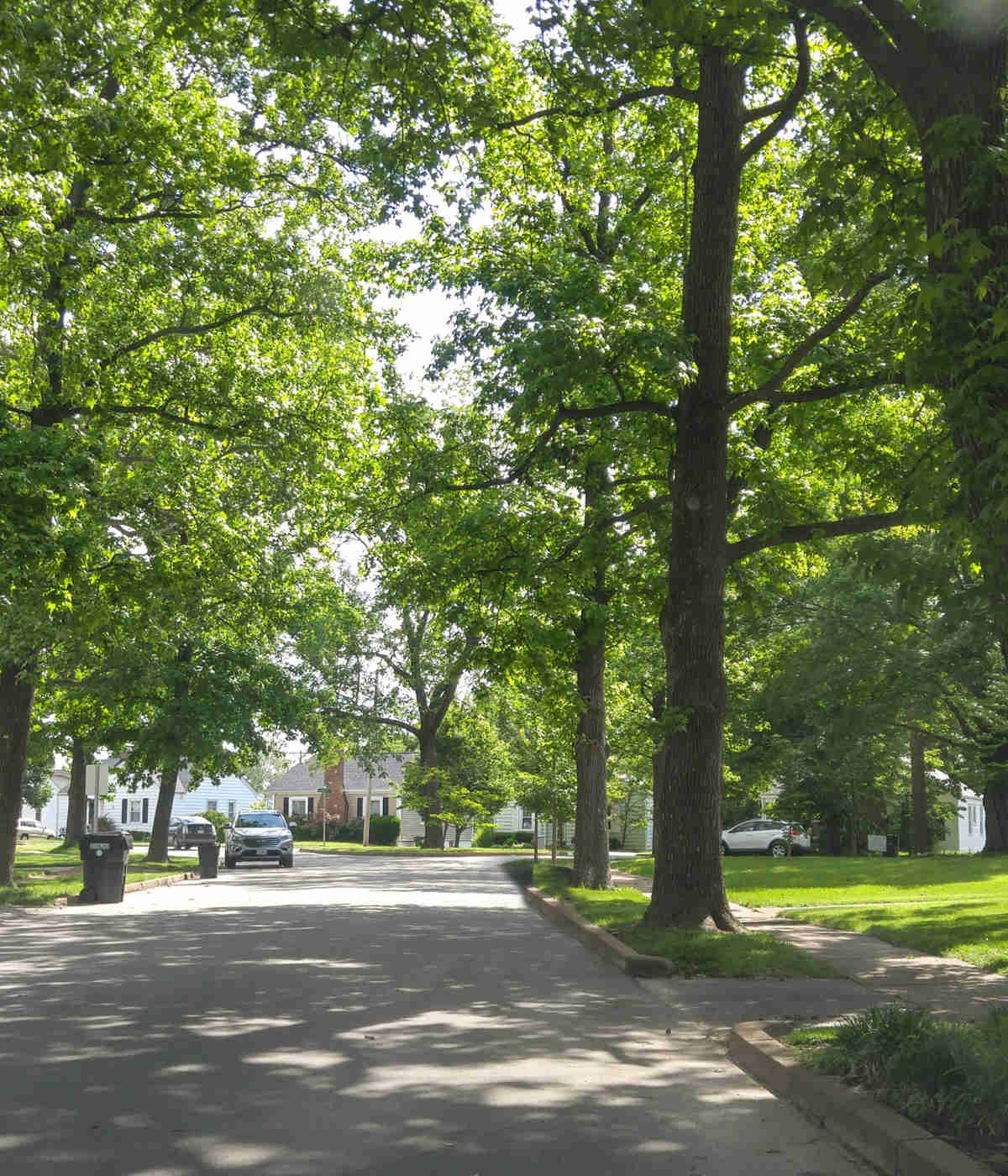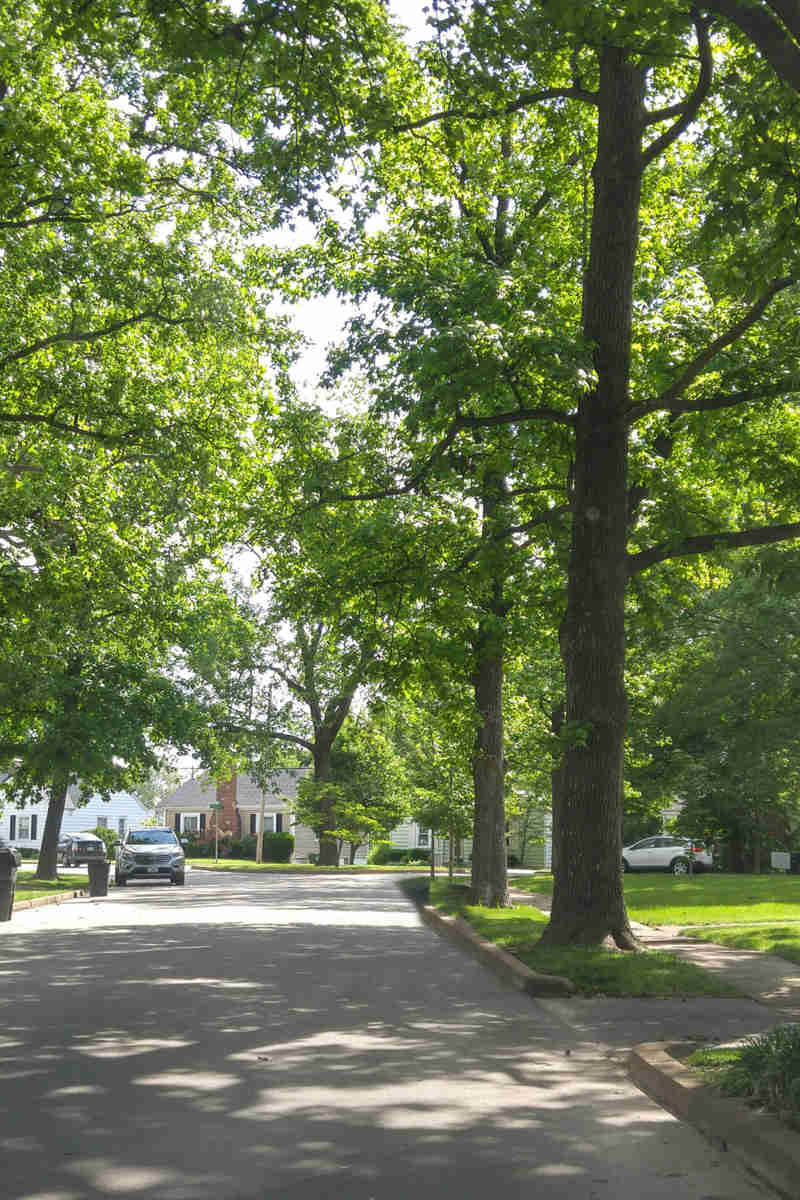Every commercial property landscape can benefit from some great visual appeal during each season.
While you may think winter’s cold climate, snow buildup, and ice accumulations mean you should just let dormancy take over and ignore seasonal interest and texture through the coldest months, think again. There are quite a few hardy winter plant species that can handle the shorter days and colder conditions, helping your property look especially attractive all year long.
Let’s look at some of the best winter plants and cold weather landscaping ideas to give you some direction as you plan for a new season.
For a Healthy-Looking Landscape, Choose the Right Species
Choosing the right plants in any season starts with matching the right plant to the right condition in your commercial landscape.
Putting the right plants in the right places based on their sun exposure, soil composition, and moisture needs can help you get more mileage from them with less maintenance.
Adding outdoor color in winter means including plants that bloom in cool weather mixed with evergreen trees and colorful shrubs.
Top Winter Hardy Plant Species by Region
These colorful winter plants are some we like to use in our commercial clients’ landscapes because they attractive and perform well in their specific regions.
Northeast & Midwest
In the Northeast and Midwest areas of the U.S., commercial landscapes have a unique range of weather conditions to contend with. The plants that are installed must withstand hot, humid summers, as well as bitter cold winters.
In Connecticut, Illinois, Indiana, Iowa, Kansas, Maine, Massachusetts, Michigan, Minnesota, Missouri, Nebraska, New Hampshire, New Jersey, New York, Ohio, Pennsylvania, Rhode Island, Vermont, and Wisconsin, try these best winter plants.
Plants That Bloom in Winter
- Pansy Viola (Tricolor var. hortensis) - These tricolored gems come in a wide variety of colors to suit any commercial property. They are grown as biennials in zones 4 – 8, and as annuals in zones 8 - 11.
- Viola (Violaceae) - Cheerful, hardy, cool-season flowers are great for bridging the seasons. Fits zones 4 - 9.
- Kale (Brassica oleracea var. sabellica) - Deeply ruffled, sturdy leaves that add amazing texture and variety. Fits zones 7 - 9.
Evergreen Trees
- Hemlock (Tsuga) - This tree has beautiful foliage and form with great hardiness and longevity. Grows in zones 3 - 8.
- Arborvitae (Thuja) - Use this one as a singular, slender evergreen or in groups for a privacy screen in full to partial sun. Does best in zones 3 - 7.
- Spruce (Picea) - There are many varieties of spruce that can do well in many zones – from 1 to 7.
Colorful Winter Shrubs
- Ilex Winterberry (Ilex verticillata) - This holly will give you the best foliage and berry production when planted in full sun in zones 3 - 9.
- Callicarpa Beautyberry (Callicarpa Americana) - This woody, deciduous, perennial shrub produces showy purple fruits. Plant in zones 7 - 11.
- Witch Hazel (Hamamelis virginiana L.) - This cold-hardy shrub has a sweet, intoxicating fragrance when their showy gold, orange, and red blossoms are on display. Best in zones 3 - 8.
Southeast
Warmth and humidity reign in the Southeast U.S. Your commercial property will experience a longer growing season, mild winters, and soils that range from more clay content inland to more sand content near the coast.
Choose trees and shrubs that can handle this kind of climate in Alabama, Arkansas, Delaware, Florida, Georgia, Kentucky, Louisiana, Maryland, Mississippi, North Carolina, South Carolina, Tennessee, Virginia, and West Virginia.
Plants That Bloom in Winter
- Pansy Viola (Tricolor var. hortensis) - These vigorous, fast-growing, tricolor beauties grow as biennials in zones 4 – 8, and annuals in zones 8-11.
- Petunia - Grandiflora types have large blooms, while multiflora types have more abundant but smaller blooms. Best in zones 9 - 11.
- Angelonia (Angelonia angustifolia) - This plant boasts clusters of tiny, orchid-like flowers in white, pink, or violet that grow on strong stems covered in narrow leaves. Best in zones 9 - 11.
Evergreen Trees
- Arborvitae (Thuja) - Use this one as a singular, slender evergreen or in groups for a privacy screen in full to partial sun. Does best in zones 3 - 7.
- Boxwood (Buxus) - Grow as a stand-alone plant or use as part of a hedge in light shade to full sun. Plant in zones 5 - 9.
- Camellias - These large, attractive shrubs are prized for their flowers that bloom from winter to spring. Use in zones 6 - 9.
Colorful Winter Shrubs
- Jack Frost Ligustrum (Ligustrum japonicum) - This bright yellow shrub is perfect for adding vibrant, year-round color in zones 7 - 10.
- Pyracantha Scarlet (Pyracantha coccinea) - This semi-evergreen shrub has glossy, oval, dark green leaves. Plant in zones 6 - 9.
- Winter Jasmine (Jasminum nudiflorum) - This one adds willowy, green stems taht are attractive in winter, with bright yellow flowers blooming in late winter. Plant in zones 6 - 10.
Northwest
The Northwest has unique northern and southern areas that experience some different climate challenges. Commercial landscapes in the north will face harsher winters and shorter summers, while the southern parts of this region will experience more desert-like conditions.
As a property manager, you’ll have to pay attention to your specific area when choosing plants. In Northern California, Colorado, Idaho, Montana, North Dakota, Oregon, South Dakota, Washington, and Wyoming, try these species.
Plants That Bloom in Winter
- Tall Oregon grape (Berberis aquifolium) - Dark green, holly-shaped leaves grace this shrub, along with dense clusters of mildly fragrant yellow flowers in early spring. Plant in zones 5 - 8.
- Border forsythia (Forsythia x intermedia) - This deciduous shrub forms the shape of a graceful fountain with upright-arching branches and showy yellow flowers. Does best in zones 6 - 9.
Evergreen Trees
- Western redcedar (Thuja plicata) - One of the most shade-tolerant species for the Rocky Mountain region. Plant in zones 5 - 7.
- Douglas-fir (Psuedotsuga menziesii) - A tall, airy tree with a pyramidal habit and deep green to blue-green needles. Does best in zones 5 - 7.
Colorful Winter Shrubs
- Redosier dogwood (Cornus sericea) - This deciduous shrub has an upright growth habit and colorful red or yellow winter bark. Grows in zones 3 - 8.
- Salal (Gaultheria shallon) - A dense shrub with white to pale pink, urn-shaped flowers. Prefers zones 5 - 9.
West
In the Southwest U.S., your commercial landscape will experience a warm, dry climate with very little precipitation and mild winters.
The plants you choose must be drought-tolerant and able to grow in sandy or stony soils. In states like Arizona, Southern California, Nevada, New Mexico, Oklahoma, Texas, and Utah, try these trees and shrubs.
Plants That Bloom in Winter
- Brittlebrush (Encelia farinosa) - This mounding shrub has large, gray leaves and bright, yellow, daisy-like flowers. Grows best in full sun in zones 8 - 11.
- California poppy (Eschscholzia californica) - This drought-tolerant plant has blue-green, lacy foliage and orange blooms. Plant in zones 8 - 10.
Evergreen Trees
- Torrey pine (Pinus torreyana) - This ornamental evergreen is a drought-tolerant U.S. native. Plant in zones 8 and higher.
- Coast live oak (Quercus agrifolia) - This massive, picturesque, wide-spreading tree has horizontal and arching branches that form a broad, rounded canopy. Plant in zones 5 - 9.
Colorful Winter Shrubs
- Toyon (Heteromeles arbutifolia) - A shrub with showy displays of white flowers that grows best in zones 7 - 10.
- Eastwood manzanita (Arctostaphylos glandulosa) - This shrub has grayish-green leaves, red bark, and white flowers. It’s also drought-tolerant, deer-tolerant, and attracts birds and other pollinators. Plant in zones 8 - 10.
Additional Ways to Incorporate Winter Color
Curb appeal is important to your commercial facility. It helps you draw in customers, tenants, guests, and visitors, and boosts your reputation in the local community.
Even though your outdoor aesthetic may be more muted during the winter months, you can still elevate your curb appeal with targeted installations in highly visible areas, interior entryway container plants, and landscape enhancements.
LEARN HOW TO KEEP YOUR COMMERCIAL LANDSCAPE LOOKING ITS BEST DURING WINTER.



